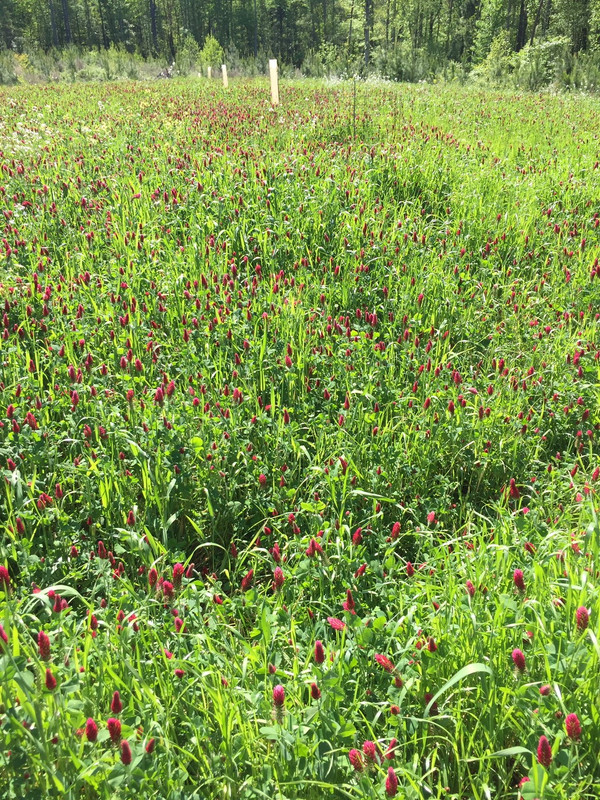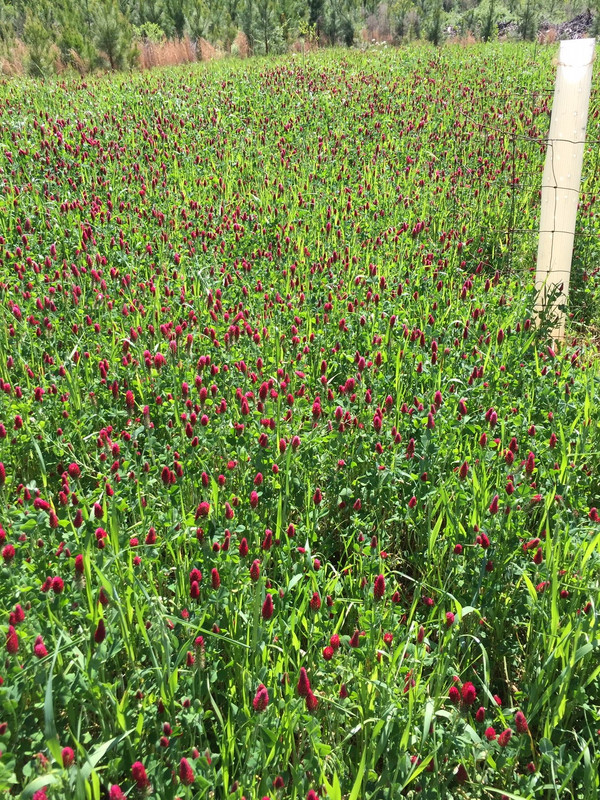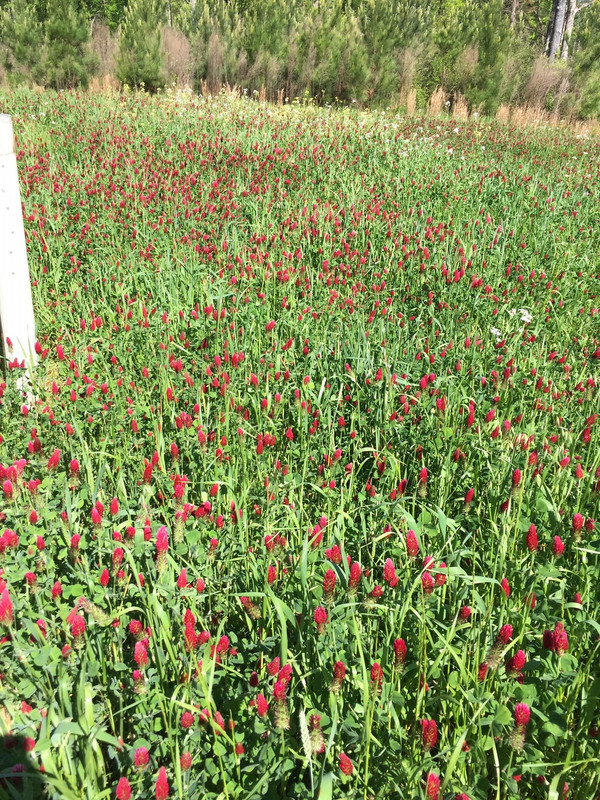yoderjac
5 year old buck +
I though the idea of adding gly to Liberty was because liberty was less effective on grasses and gly is very effective on most grasses. As bill said, the only way for resistance to develop is for more naturally resistant weeds to survive and breed while less resistant individuals in the population do not survive and breed. The moves the bell shaped population resistance curve toward more resistance.









